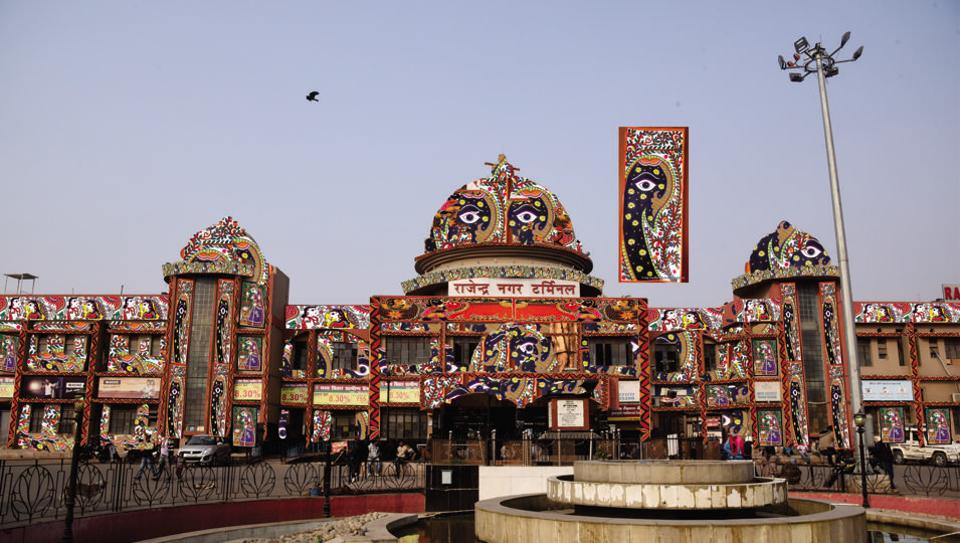Railways plans makeover of Rajendra Nagar Terminal in Patna with Tikuli art
2 min read After transforming Madhubani railway station and giving it a colourful look with the traditional Mithila art, Indian Railways is preparing for makeover of more stations in Bihar by showcasing other well-known crafts of the state.
After transforming Madhubani railway station and giving it a colourful look with the traditional Mithila art, Indian Railways is preparing for makeover of more stations in Bihar by showcasing other well-known crafts of the state.
The railways have now roped in Upendra Maharathi Shilp Sansthan, an arm of Bihar industry department, to promote the cultural heritage of the region at other stations.
The first in the series is the Rajendra Nagar Terminal in Patna, where it has been planned to display the Tikuli craft, a style which is believed to have its origin in Patna City locality of the state capital. This is expected to be followed by Patliputra railway station.
“The idea is to turn railway stations into a tool to promote traditional crafts and cultural heritage of the region,” Ranjan Prakash Thakur, divisional railway manager (DRM) of Danapur, said.
“Though Tikuli craft is learnt to have originated in Patna City about 800 years ago, many in the state capital are still not aware of it. This is why we have selected this art form. The work at the Rajendra Nagar Terminal may start in the next 10 days. We have already released an artist’s impression of how the railway terminal will look like after the makeover of its exteriors ,” he added.
“The art form and theme for Patliputra railway station is yet to be decided,” the DRM said. “As the Danapur Junction, on the outskirts of Patna, has multiple images of Aryabhatta, the ancient age astronomer who belonged to Kusumpur, the present day Khagaul where the station is, Patliputra may get a facelift on the theme of Lord Buddha,” he added.
While the excruciating work at Madhubani was done free of cost by local artists, the cost of the work at Rajendra Nagar Terminal and Patliputra station would be borne by the industry department of Bihar, the DRM said.
Ashok Kumar Biswas, who has popularised the Tikuli craft in others states and abroad, said Tikuli paintings were these days being done on glazed surface of hardboard plates and fibre pieces.
“The word ‘tikuli’ is the local term for bindi, which is usually a colourful dot that women wear between their brows. Originally it was created on glass pieces with gold foils. Despite being costly, it was in high demand. But its trade declined when the British traders introduced industrialisation and indigenous goods came to be replaced by cheap machine-made goods. Thousands of Tikuli artists were left jobless as machine-made bindis came into the market. Though the traders tried to survive by giving it the shape and look of decoration piece, things did not work,” Biswas said.
“It was Upendra Maharathi, the craft connoisseur of Bihar, who during his Japan visit in the 1960s, saw various designs created with enamel paint over wooden pieces. On his return, Maharathi encouraged artisans to create Tkuli art over wooden pieces,” Biswas added.
Courtesy: Hindustan Times


